 Forum Index - Topic Index Forum Index - Topic Index How to use of Astah (Pro/SysML/GSN/Com) How to use of Astah (Pro/SysML/GSN/Com)
 [Tips] UML2.0 Models in Sequence Diagram [Tips] UML2.0 Models in Sequence Diagram |
| Flat | Previous Topic | Next Topic |
| Poster | Thread |
|---|---|
| midori | Posted on: 2008/2/15 11:51 |
Developer   Joined: 2006/7/3 From: Posts: 324 |
[Tips] UML2.0 Models in Sequence Diagram I would like to introduce UML 2.0 models in sequence diagrams which are currently supported in JUDE/Professional.
(*) Definitions described here are quoted or referred from Unified Modeling Language: Superstructure version 2.0. [Lost Message] A lost message is a message which does not specify the receiver. (* P491) 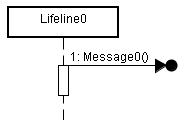 [Found Message] A found message is a message which does not describe the sender. (* P491) 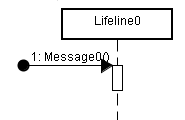 [Combined Fragment] A combined fragment defines an expression of interaction fragments. (* P453) 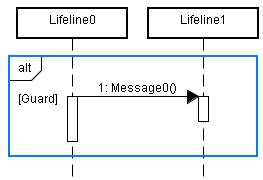 [Interaction Operators of Combined Fragment] (* P454-457) - alt (Alternatives) - assert (Assertion) - break - consider - critical (Critical Region) - ignore - loop - neg (Negative) - opt (Option) - par (Parallel) - seq (Weak Sequencing) - strict (Strict Sequencing) [State Invariant] A StateInvariant is a runtime constraint on the participant of the interaction. It may be used to specify a variety of different kinds of constraints, such as values of attributes or variables, internal or external sates, and so on. (* P487) 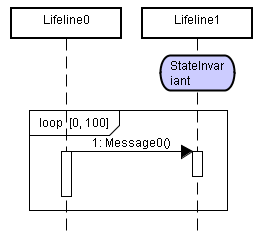 [Interaction Use] The InteractionUse is a shorthand for copying the contents of the referred Interaction where the InteractionUse is. (* P473) 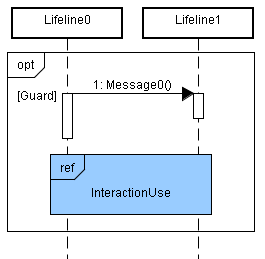 [Gate] (Connect from/to Frame/InteractionUse) A Gate is a connection point for relating a Message outside an InteractionFragment with a Message inside the InteractonFragment. (* P466) 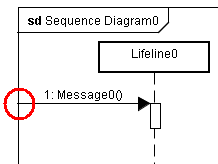 |
| Flat | Previous Topic | Next Topic |
| Subject | Poster | Date |
|---|---|---|
| » |
midori | 2008/2/15 11:51 |















